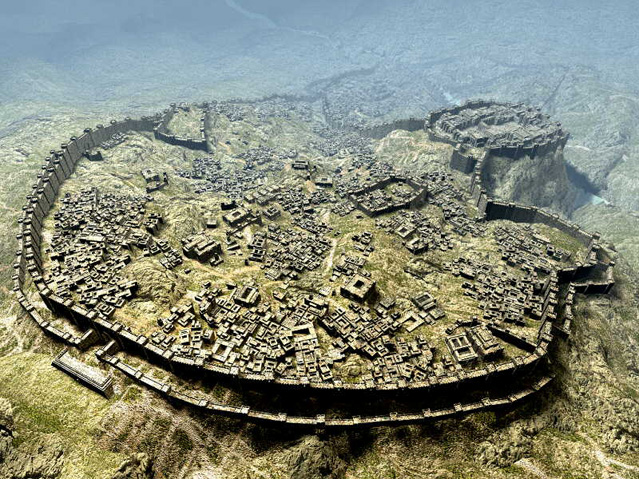
Hattusas Ancient City
Our Hattusha country is located in the district of Boğazkale which is the county of Corum province in Central Anatolia region. It is home to one of the oldest civilizations of Anatolia and is a capital city. Corum is located approximately 80 kilometers from our city. It is 4 kilometers from the Boğazkale district. Although the name of this place is Hattusa, many people know Hattusha as the name of this place because it is said to be Hattusha for years.
What are the characteristics of Hattusa Şehri Hatcusa?
It’s an ancient city. It is the ancient city which is one of the oldest and most important civilizations of Anatolia, the capital of the Hittites or Eti.
Milton was the 17th century to the 13th century when he was the capital. Approximately 400 years have been the capital of the Hittite Empire.
– The size of Hattusha city was about 1 square kilometer in the first time, but it increased to 2.5 kilometers in the following years.
– It is an important place on the UNESCO World Heritage list of our country. Hattusa’s date on the UNESCO list of World Heritage dates back to 1986.
The area where the Hattusha King Gate-Hattusha city remains is a very large area. This ancient city, which is still on public display today, has spread to a very wide area.
The remains of the ancient city of Hattusha are found in certain parts of this ancient city. These sections are Lower city, Upper city, Great castle and Yazılıkaya. The lower city is located to the north of Hattusa, and the upper city is in the southern part. The oldest settlement area is shown around the Great castle.
The area called the Upper City or the Upper City is generally a rugged area, with temples and sanctuaries here. The southern part of the upper city is surrounded by a fortification and has 5 doors. It is here at the top of the sphinxed door again. The other important gates are the King’s Gate and the Aslan’s Gate on these walls and on the east and west sides of the walls.
Hattusa-Green Stone
– A large stone called “altar stone” is also one of the important remnants.
There is also a section devoted to the sacrifices of the gods, where there are small canals open to the rock where the Green altar stone is found, and possibly religious rituals built and believed.
Hattusha is also home to many civilizations along with the Hittites. In this excavation work, 5 layers of culture were found in this area. These strata consist of Hattiler, Assyrians, Hittites, Phrygians, Galatians, Romans and Byzantines remnants.
Hattusa underground tunnel – Hattusa name is a name given by Hatti people living here.
-The city of Hattusha is also called “Thousand Gods City” at the same time.
– The beginning of the settlement in the ancient city of Hattusha Milat extends up to 3000 BC. It is even reported that in some sources this historic Milat had gone before 6,000 BC. For this reason, it is one of the places where the oldest remains of Anatolia are found.
– Archaeologist Charles Texier, who found the first remains of Hattusha antique city.
– The beginning date of the first excavations in this ancient city is 1893.
– Hattusha ancient city can be visited on foot by walking with vehicles. But it can be a very tiring trip because of its spaciousness.
– There is a passage made of stones passing from one side of the hill to the other in the upper city part of Hattusha antique city and it is one of the most remarkable places of the city.
Hattusa Great Temple The greatest structure of the ancient city of Hattusa is the name “Great Temple”. At the same time, this temple is also called a temple. The size of this temple is 65 meters and 18 meters. The area of ??this structure along with its entire periphery is an area of ??approximately 14.5 acres (14,500 square meters). Stone blocks used in the great temple are quite large stone blocks. Some of them used stone blocks up to 20 tons in weight. It is reported that there are 82 rooms in the vicinity of this temple, which is called the storage rooms. In addition, these rooms contain large clusters of dry food such as cereals, pulses, etc. These cubes were about 1750 liters in size.













